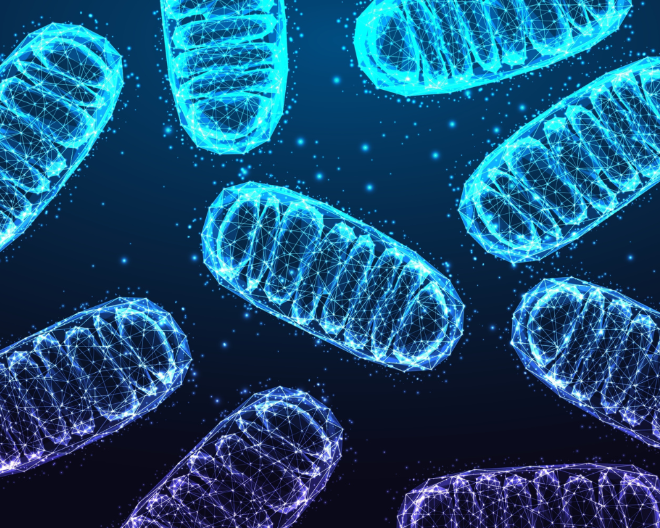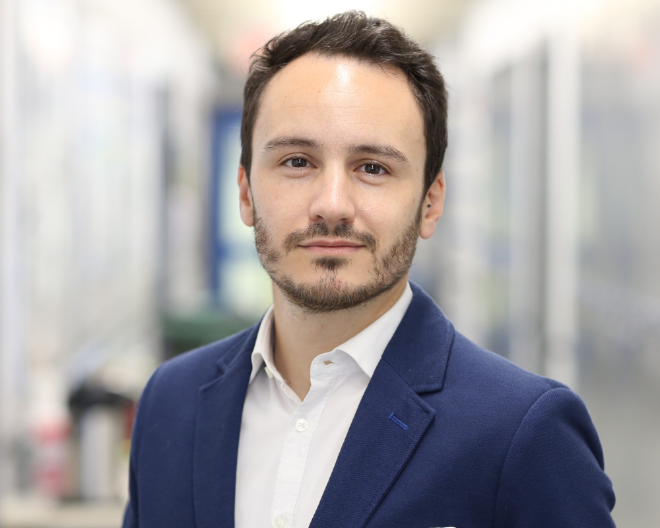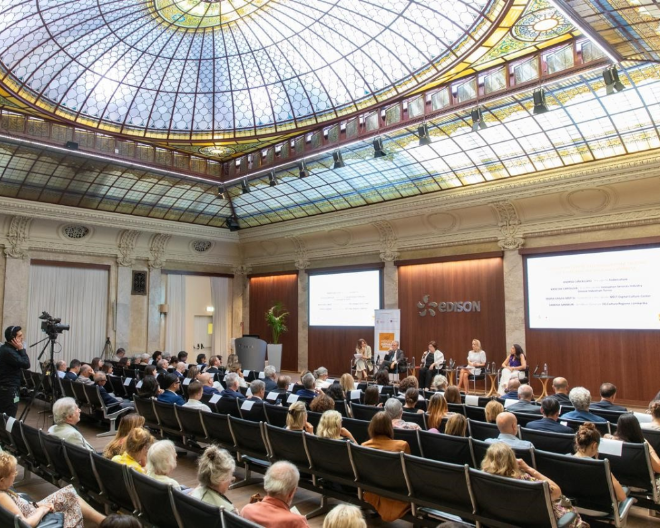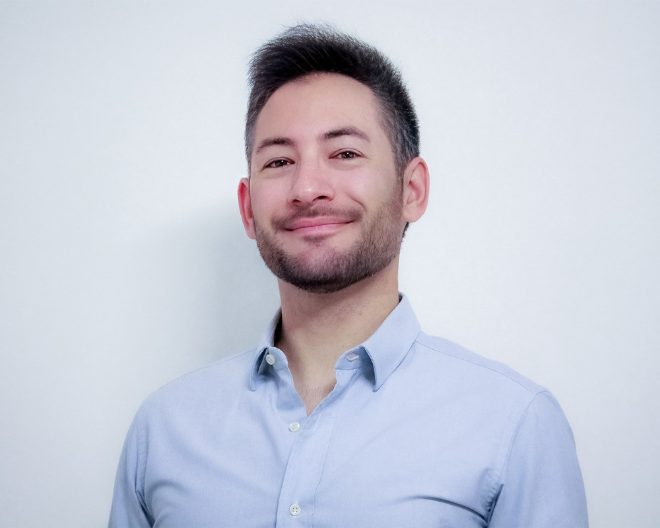Two UniSR researchers winners of the third edition of the Cariplo-Telethon Alliance call

The initiative, which the two Foundations undertake to continue in the future, is dedicated to clarifying those still obscure aspects of the human genome potentially responsible for rare diseases.
Antonella Nai and Alessia Pagani are the two UniSR researchers among the winners of the Cariplo Foundation and Telethon Foundation call, now in its third edition.
The initiative, which the two Foundations undertake to continue in the future, is dedicated to clarifying those aspects that are still unclear or completely unknown regarding the human genome, potentially responsible for rare diseases. Among the pathologies under study there are some forms of muscular dystrophy such as Duchenne and facioscapulohumeral dystrophy, blood diseases such as hemochromatosis, hemorrhagic telangiectasia and thalassemia, but also neurodevelopmental disorders and rare tumors.
In 2023, the call led to the selection of 14 new research projects, for a total of 3.2 million euros and 22 research groups involved.

The UniSR winners
Winners of the 2023 tender for Vita-Salute San Raffaele University are:
- Antonella Nai, Group Leader of the Iron Metabolism Regulation Unit, with the study of the role of the ATP synthase ATP5MGL in beta-thalassemia. Hemoglobin is the molecule that transports oxygen in red blood cells and is made up of two proteins: alpha-globin and beta-globin. Mutations in the beta-globin gene cause beta-thalassemia, a genetic disease widespread especially in the Mediterranean. In this disease, red blood cells produce too much alpha-globin, which fails to combine with beta-globin, forming toxic aggregates that prevent the red blood cells from maturing and cause anemia. These processes require a lot of energy, provided by ATP. In thalassemia red blood cells, ATP production is insufficient. An enzyme complex called ATP synthase, which includes the ATP5MGL subunit, may be crucial for enhancing red blood cell maturation. This project will study the role of ATP5MGL to find new possible therapeutic targets for beta-thalassemia, improving energy production and maturation of red blood cells.
- Alessia Pagani, researcher at the Iron Metabolism Regulation Unit, with the study of the role of the kielin/cordin-like protein in the regulation of hepcidin and its relevance in juvenile hemochromatosis 2A. Hereditary hemochromatosis (HH) is a genetic disease that causes excess iron in the body due to reduced production of hepcidin, a liver hormone that regulates iron levels. Iron accumulation can damage various organs irreversibly. HH can present in juvenile or adult form; the juvenile form type 2A (JH-2A) is particularly serious and can be lethal without treatment, which currently consists of removing a certain amount of blood to reduce excess iron, but is not suitable for all patients and does not resolve the main cause of the disease. The research team found that a protein called Tdark kielin/chordin-like (KCP) could activate hepcidin production and compensate for the missing function in JH-2A. This hypothesis will be verified through experiments in cell cultures and animal models. Furthermore, various EMA-approved drugs will be evaluated for their ability to increase KCP activity in the liver, thus offering a therapeutic option for patients who cannot be treated with bloodletting. Patients with other iron overload conditions, such as beta-thalassemia, could also benefit from this approach.

The Telethon-Cariplo Alliance
The initiative of this call, inspired by a program of the American National Institutes of Health (NIH), aims precisely to "illuminate the darkest portion of the human genome", inviting researchers to study genetic aspects and molecular mechanisms that are still largely unknown or poorly understood, but which represent potential for the development of new therapies for rare diseases.
In particular, the projects had to focus on the study of the so-called T-dark targets, for which no information is known on the structure, function and interaction with molecules and drugs.
Although the human genome has been completely sequenced, we still know little about many genes and the proteins they encode. Suffice it to say that of the 4500 human proteins considered to be possible pharmacological targets, only 700 are currently in the sights of approved drugs: this means, that is, that among all the others, over 80%, there could be proteins suitable for being the object of study to put new therapies are being developed, but for various reasons they are not studied.
For this reason, calls such as the Telethon-Cariplo Alliance are essential partnerships, as they support basic research, to provide answers to the many open questions, and allow researchers to get closer to the most fragile patients.
You might be interested in

A New Approach to Enhance Immunotherapy in Multiple Myeloma

An ERC Starting Grant assigned to Dr. Davide Folloni

BergamoScienza awarded at CULTURA + IMPRESA 2024

